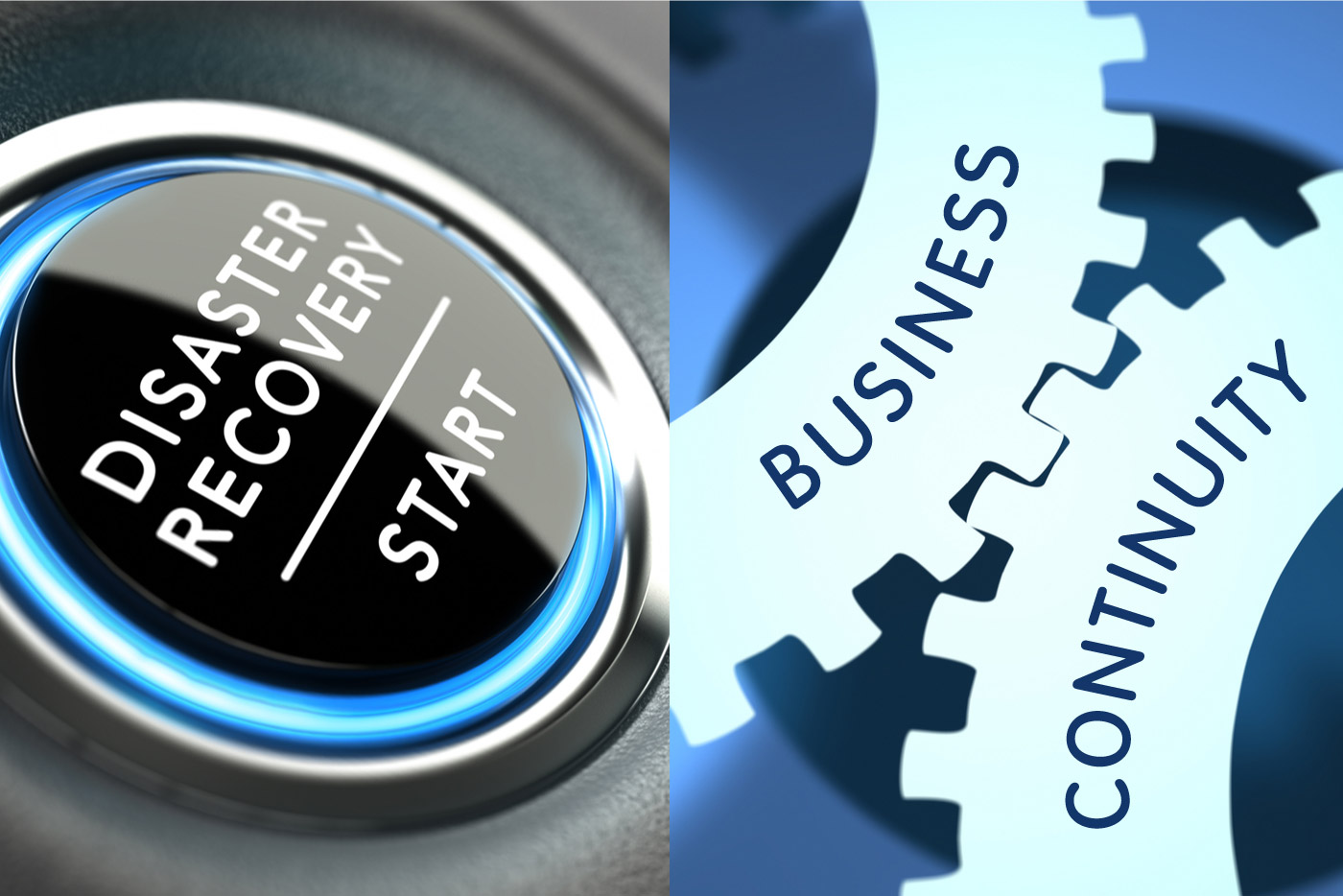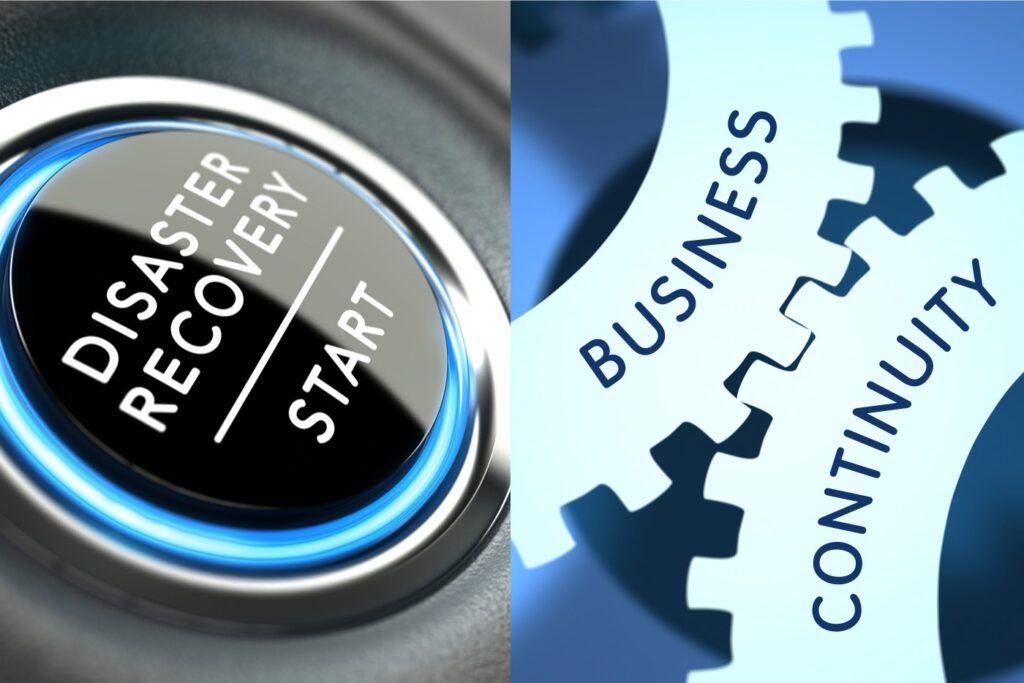Disaster recovery and business continuity both describe services that are vital to keeping you in business after an emergency. Which is better for your company?
Businesses that don’t plan for disaster don’t last.
Any number of unfortunate events can befall a business. Servers can crash without warning. Hackers can break through and destroy (or hold hostage) the data that is the lifeblood of a modern business. Natural disasters can wipe out not just data but the whole building. Recovering from disasters requires planning.
Data backups are not a disaster recovery plan.
Many businesses operate on the assumption that if they’re doing regular backups, they have a disaster recovery plan. They don’t discover the inadequacies of this system until a real disaster strikes. (If you aren’t backing up your data, stop reading now and call us immediately for assistance.)
What is a disaster recovery plan?
Disaster Recovery is the ability to quickly fix or replace equipment, restore systems, and resume business operations when a disaster strikes. However, there is usually a period of chaotic time where the systems (and possibly the business) are not operating.
With the assistance of IT professionals, an organization identifies key components of its IT infrastructure and maps out actions to take—before and after disaster strikes. A typical plan would:
- Identify critical IT infrastructure
- Identify a disaster recovery team
- Set recovery time priorities for data
- Outline process for rapid restarting
- List key experts and suppliers, with contact information
- Outline insurance guidelines
What is a business continuity plan?
Business Continuity is the ability to quickly resume business operations, usually within minutes, and then fix or replace equipment and restore systems at a calm and managed pace.
It includes everything listed above, but goes farther—with the goal of reducing lost productivity as dramatically as possible. Think of it as a more in-depth version of a disaster recovery plan, with every component aimed at getting workers back on the job with the utmost speed. A typical business continuity plan would:
- Identify Recovery Time Objective (RTO)
- Identify and silo sensitive data
- Categorize risks by department, in order of how critical each is to resumption of operations
- Set up communication plan
- Proactively test procedures, including regular drills
- Schedule annual review of the plan and update accordingly
Which plan is right for your business?
It depends on how critical your IT infrastructure and data are to the viability of your business. Some businesses can be extinguished in just a few days of inactivity. For operations like that, a comprehensive business continuity plan is a must. For organizations that can withstand longer periods of reduced productivity, a disaster recovery plan might be enough.
Need help? Don’t wait.
If you’re not sure where to start, we can help with that. Delaying a plan is inviting disaster. Contact us today to find out more.
833-437-8378

